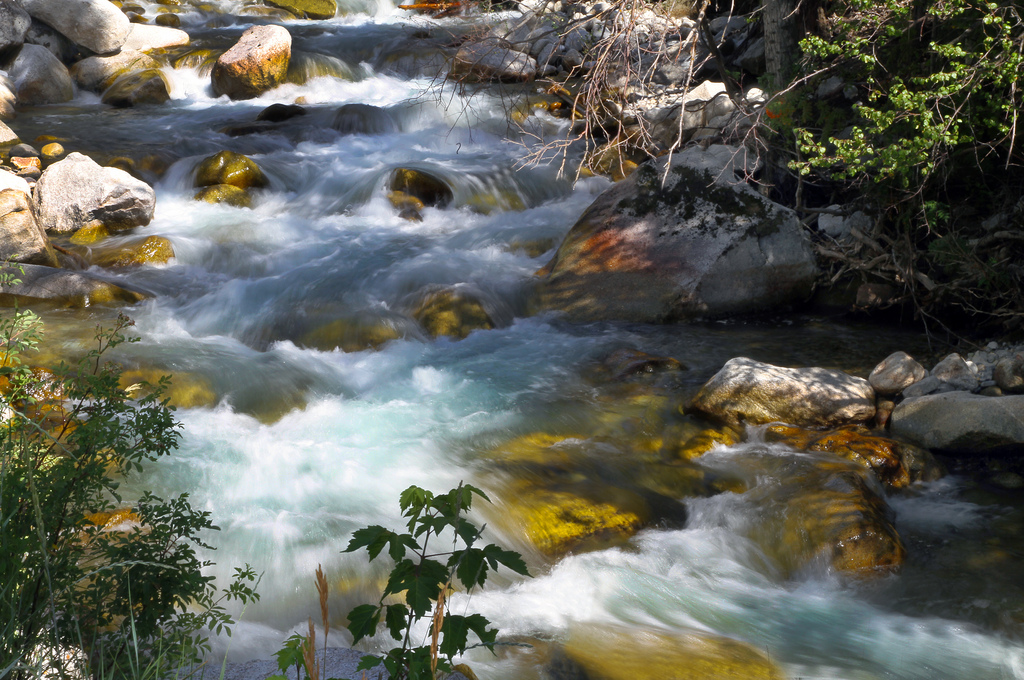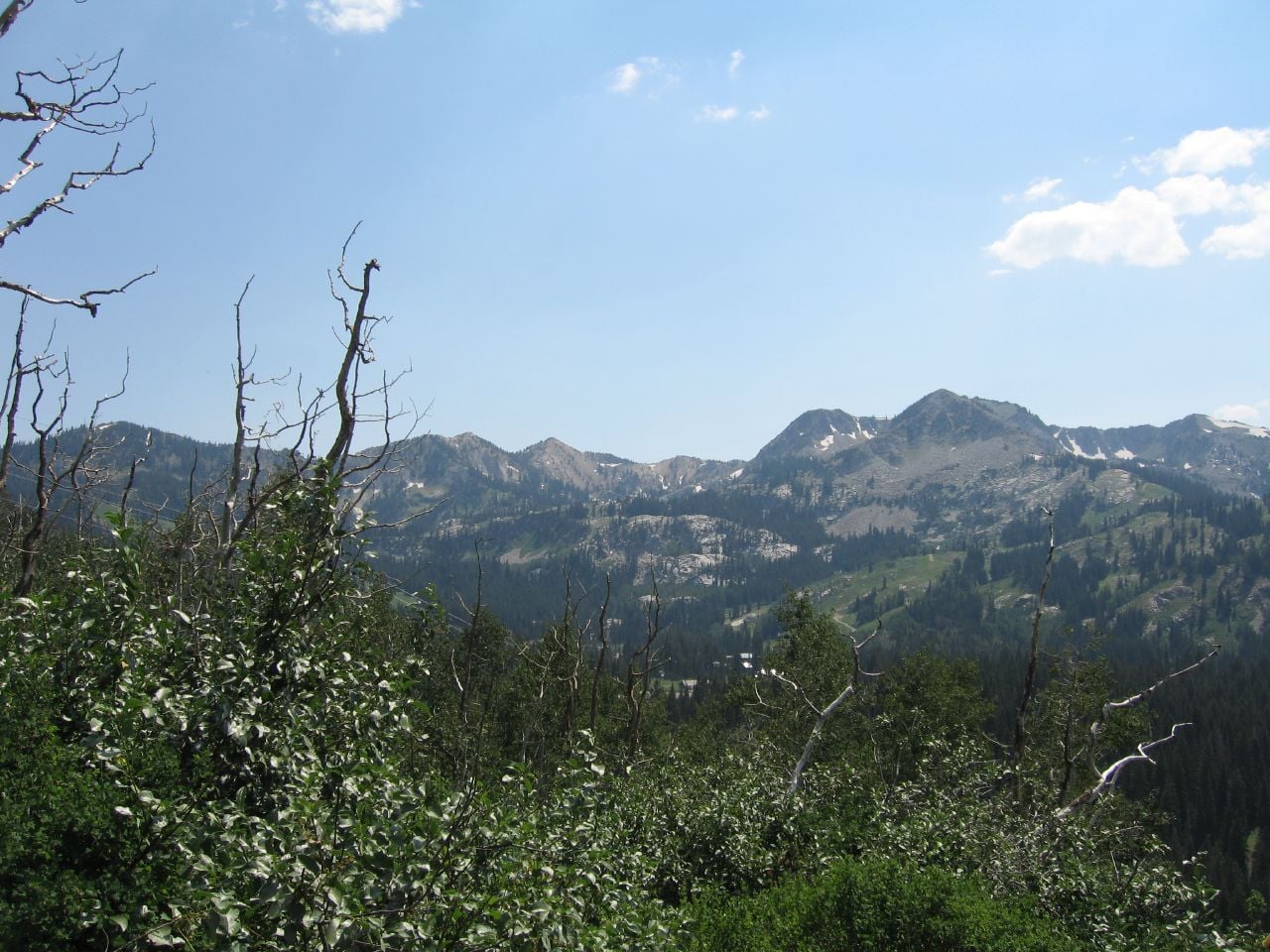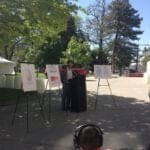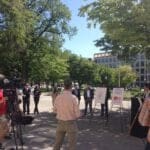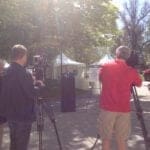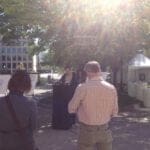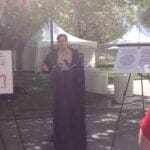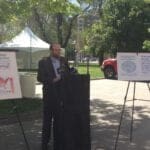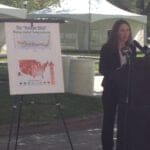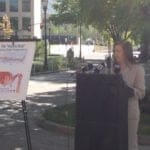Guest blog written by Stephanie Duer with Salt Lake City Public Utilities, Water Conservation Program.
Water is making headlines—the drought, water shortages, and use restrictions are in the news. Every city and water system is different, with some communities in more dire circumstances than others.
Here in the service area of Salt Lake City Department of Public Utilities, which includes the city as well as Cottonwood Heights, Holladay City, Mill Creek Township, and portions of Murray and South Salt Lake, our supply is reduced due to the low snow pack and spring run-off.
Good water management practices, coupled with historically strong community response to conservation programs means that, at least for the moment, we have adequate water stored to meet our needs this summer. However, we need to consider our future water needs as we use water today and act accordingly.
With this in mind, have you thought about getting a free sprinkler check?
The sprinkler check program is a free service designed to reduce water use while maintaining turf health. The service is offered to homeowners, property owners, and property managers with in-ground, pressurized lawn sprinkler systems.
 Utah State University’s Kelly Kopp, Associate Professor and Extension Water Conservation Specialist, says that the program “helps people conserve water in an area of the greatest use, while maintaining landscape quality; we are enhancing the landscape by teaching homeowners and property managers how to conserve water and avoid the detrimental impacts of over-watering.”
Utah State University’s Kelly Kopp, Associate Professor and Extension Water Conservation Specialist, says that the program “helps people conserve water in an area of the greatest use, while maintaining landscape quality; we are enhancing the landscape by teaching homeowners and property managers how to conserve water and avoid the detrimental impacts of over-watering.”
Public Utilities, in partnership with USU and the Metropolitan Water District of Salt Lake & Sandy, provides free sprinkler checks to all water customers within the Utilities’ service area. Begun in the late 1980’s with Salt Lake County Extension and Public Utilities, the sprinkler check program has grown to reach most of the state, with many water districts supporting the program in their communities.
Since the program’s beginning, hundreds of Utilities’ customers—residential, commercial, and institutional—have received free sprinkler checks and have been saving water—and money—ever since.
How the Sprinkler Check Works

When you schedule a sprinkler check, a team from USU (usually two interns for residential audits and more for large sites like parks or schools) comes to the property and makes both visual and physical inspections of the sprinkler system.
With the sprinklers on, the team looks for sprinkler heads that are tilted, cracked, mismatched, or too low—anything that could reduce the system’s efficiency and lead to water waste or lowered landscape quality.
The team also conducts a catch cup test using calibrated cups for measuring water collected from the spray heads to determine how much water is applied and how evenly it covers the turf.
When the inspection and testing is complete, the team provides the home or property owner with a customized watering schedule and a list of improvements to increase system efficiency, reduce waste, and maintain or improve turf health.
“This program isn’t about deprivation; it’s about enhancing our landscapes by learning how to use water appropriately,” says Kopp, adding “at its core, the sprinkler check program speaks to the true mission of the Cooperative Extension program—to sustain our resources and constructed landscapes through science and shared knowledge.”
Sign Up for Your Free Sprinkler Check
Call 1-877-728-3420 or visit SlowTheFlow.org.
You can also find more ways to save water at SLCSaveH2O.com.


